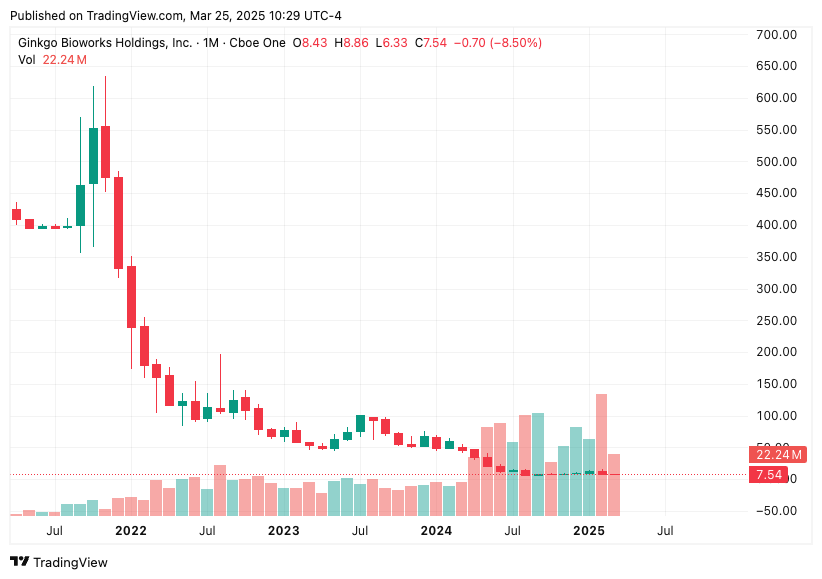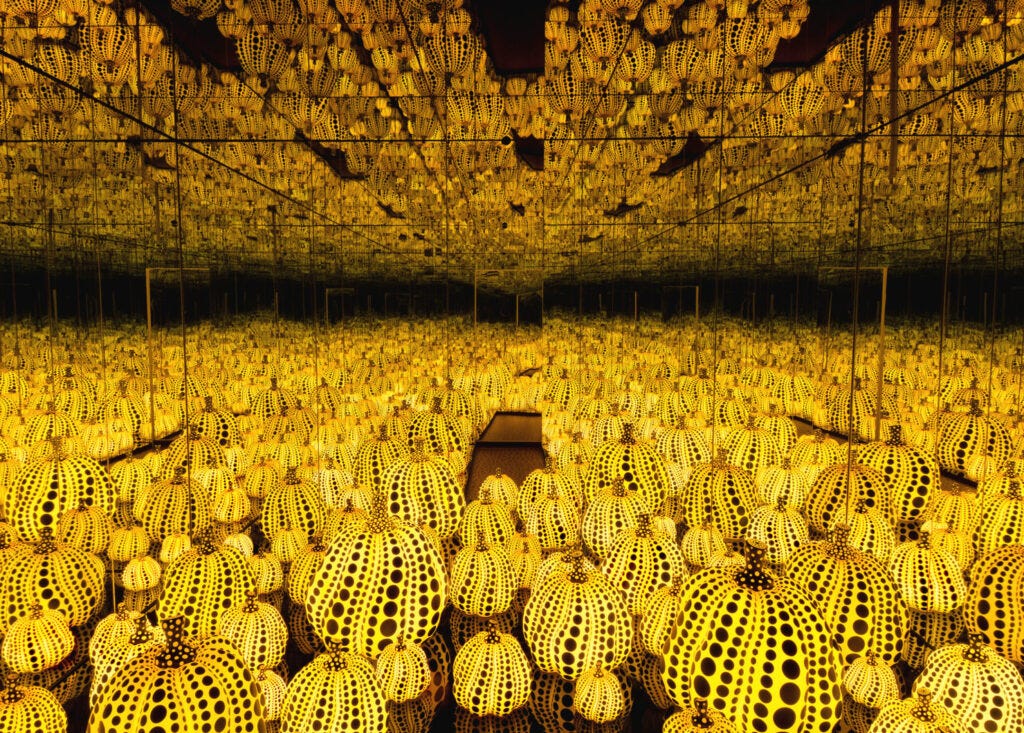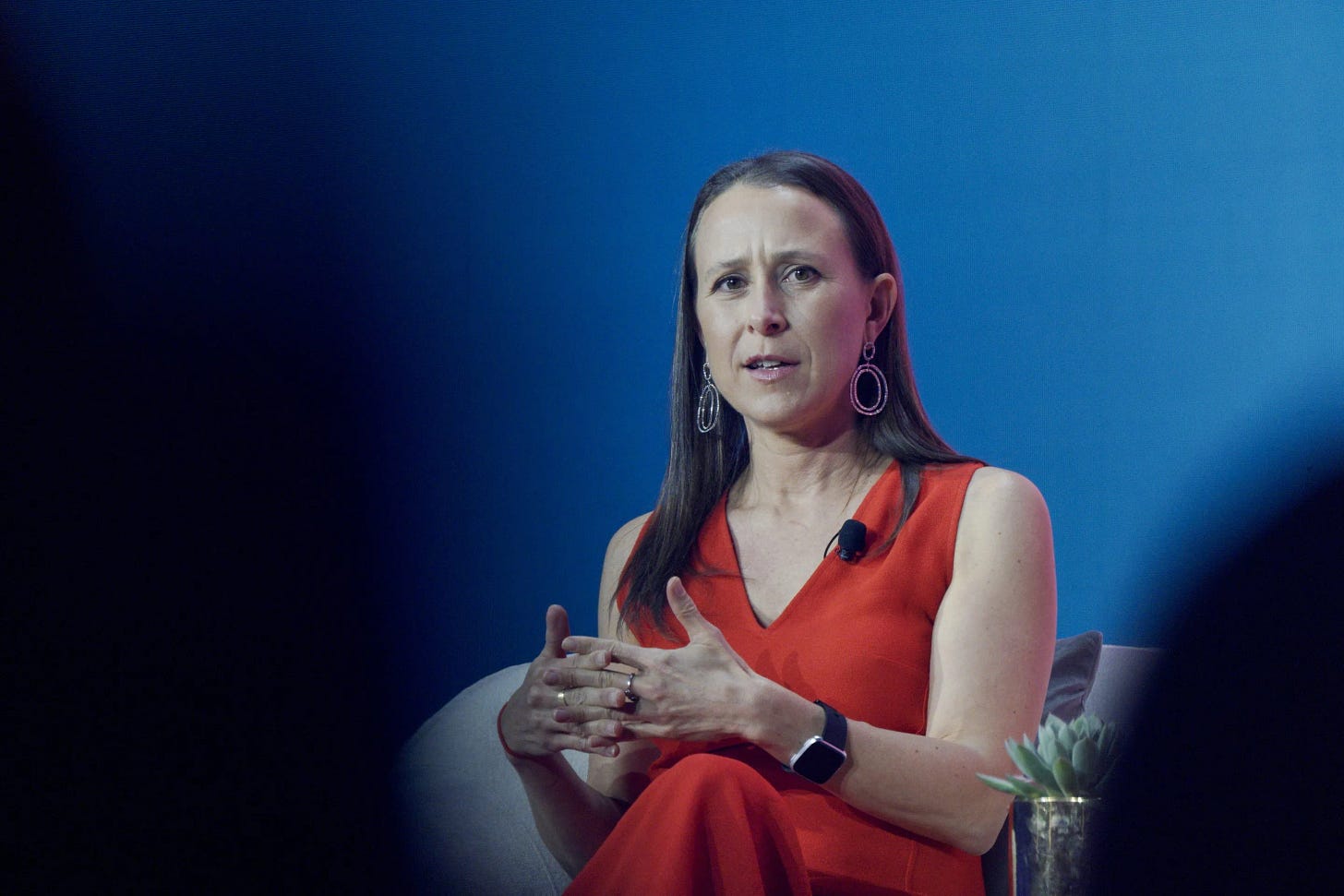What happened?
23andMe, the pioneer company in personal genomics, filed for bankruptcy this week. Co-founder Anne Wojcicki resigned as CEO and shared on X:
“The 23andMe Special Committee released news today indicating their plan to take the company through the Chapter 11 process. While I am disappointed that we have come to this conclusion and my bid was rejected, I am supportive of the company and I intend to be a bidder. I have resigned as CEO of the company so I can be in the best position to pursue the company as an independent bidder.
Nineteen years ago, when I co-founded 23andMe, the direct to consumer industry did not exist and most people had no idea why they would ever want to see their genome. So much has changed. There is now a thriving direct to consumer industry and over 15 million people are now 23andMe customers. These customers are continuing to learn about their family relationships and how to optimize their health thanks to the incredible team of individuals at 23andMe who innovate and help customers gain insights from their genetic information.
What made so many of our innovations possible were the 85% of our customers who opted in to research. Thanks to them they have empowered an incredible platform for discovery. You enabled our pursuit into novel drug discovery and our 50 programs with GSK. In addition, over 250 publications have come out because of you and we have meaningfully impacted the research world. Thank you.
We have had many successes but I equally take accountability for the challenges we have today. There is no doubt that the challenges faced by 23andMe through an evolving business model have been real, but my belief in the company and its future is unwavering. Consumers are rising up and asking for more control over their health and want greater knowledge about how to be healthy and why they may have health issues. We fought for consumers to have direct access to their information and for them to have choice and transparency with respect to their personal data. As I think about the future, I will continue to tirelessly advocate for customers to have choice and transparency with respect to their personal data, regardless of platform.
Since 2006, we have built an incredible consumer brand with one of the world's largest and most diverse genetic communities. Our foundation was the trust and respect of our customers, and they were always the guiding light on how we made decisions. If I am fortunate enough to secure the company’s assets through the restructuring process, I remain committed to our long-term vision of being a global leader in genetics and establishing genetics as a fundamental part of healthcare ecosystems worldwide.”
Read what happened here; these are my thoughts on genomics and what we can (and can’t) learn, pulling some excerpts from the current 23andMe unfolding.
Infinity mirror
To know our DNA is to glimpse a script we weren’t supposed to see. Over 2 decades ago, we finished writing down the last of 3 billion base pairs comprising our human genome. But without the decryptor, these remain hieroglyphics. And have remained largely so for 20 years since we started sounding out the words.
"The more I read, the more I acquire, the more certain I am that I know nothing."
- Voltaire
An infinite library of books we cannot read. We stand at the threshold of a vast, martian landscape; we can map every twist of the DNA helix, but the terrain remains an enigma.
Genomics offers the illusion of achievement, arrival, and a causal basis. Yet it has become a paradox: the more we uncover, the more we realize how much is beyond comprehension. The full story is written somewhere between our biology and our experience.
Maybe it’s a dance between what is written and what we write ourselves, turning the pages while inyeon (what?) holds the pen. Déjà vu.
Infinity mirror. As we decode, the unsettling truth comes into focus: knowledge of our makeup is a prism, and what we know is always refracted by what we cannot know.
"We may have the code, but unlocking the meaning of that code is a problem that may take centuries to solve."
– Siddhartha Mukherjee
Welcome to you
Three years after the completion of the Human Genome Project, 23andMe was the first company in history to give a decryptor to the masses.
The quick origin story of Anne Wojcicki + 23andMe goes like this:
Anne’s upbringing was steeped in education and curiosity. Her mother, Esther, was an educator, and her father, Stanley, was a physics professor at Stanford. With that intellectual backdrop in the Silicon Valley of the ‘80s and ’90s, Anne pursued biology at Yale and started her career analyzing healthcare investments.
She became interested in the idea that everyone has a right to personal data: owning it, understanding it, and powering research with it.
"We wanted to democratize access to genetic information, allowing individuals to take control of their health decisions."
- Anne Wojcicki
Stop-motion animation:
2006: Anne co-founds 23andMe alongside Linda Avey and Paul Cusenza. The name signifies 23 pairs of human chromosomes, capturing its mission to provide direct-to-consumer genetic testing
2008: Time recognizes 23andMe’s saliva-based DNA testing kit as the “Invention of the Year”
2013: FDA orders 23andMe to halt marketing its tests, claiming concerns over accuracy and interpretation. Anne and Sergey Brin (co-founder of Google) separate
2015: 23andMe resumes offering tests, obtains FDA approval for detecting risks for conditions including sickle cell anemia, cystic fibrosis, Parkinson’s, Alzheimer’s, coeliac disease, and certain cancers
2018: GSK makes a $300M equity investment and an exclusive multi-year collaboration on IDing new novel drug targets
2021: 23andMe goes public via SPAC at a $3.5B valuation and peaks at $6B later that year
2023: A data breach affects 7 million users raising alarms about genetic data security
2024: Board of directors quits following disagreements over Anne’s plans to take 23andMe private
2025: 23andMe has processed samples for 15 million customers, declined 99.7% in valuation since IPO, and filed for bankruptcy
What does innovation look like?
The final act of evolution may be in holding the pen ourselves. To understand the genome is the most audacious experiment of human history. To evolve from product to architect.
Innovation moves at the speed of understanding, the market moves slower than that. Every great leap — electricity, the internet, and now genomics — is first dismissed as impractical before it reshapes the world. Engineered biology is sitting at this tipping point:
23andMe ($ME), down 99.7% since IPO
Ginkgo Bioworks ($DNA), down 98.3% since IPO
This is what innovation looks like before everyone is a late-adopter genius. The first wave forges the rails for when (not if) the world is ready.


What can we become?
Genomics is one of the rare frontiers where science collides with philosophy, where every advancement asks not only what’s possible but what’s right.
If the genome is the blueprint, then epigenetics (behavioral and environmental impact on genetic function) is the live revision. The instructions are always being rewritten.
“Enigma is not just a puzzle, it’s a puzzle that changes every single day.”
- The Imitation Game
If we can eliminate suffering through genetics, do we have a moral obligation to do so? Or does suffering, in some way, define the human experience?
With the power to edit our DNA, we are, in effect, deciding what it means to be human. We are at the threshold of a new creation story where we are both the authors and the experiment.
Our genes write the prologue; the rest of the book is unfinished. Perhaps what we’re meant to find is that total genomic enlightenment is impossible.
The limit does not exist.







